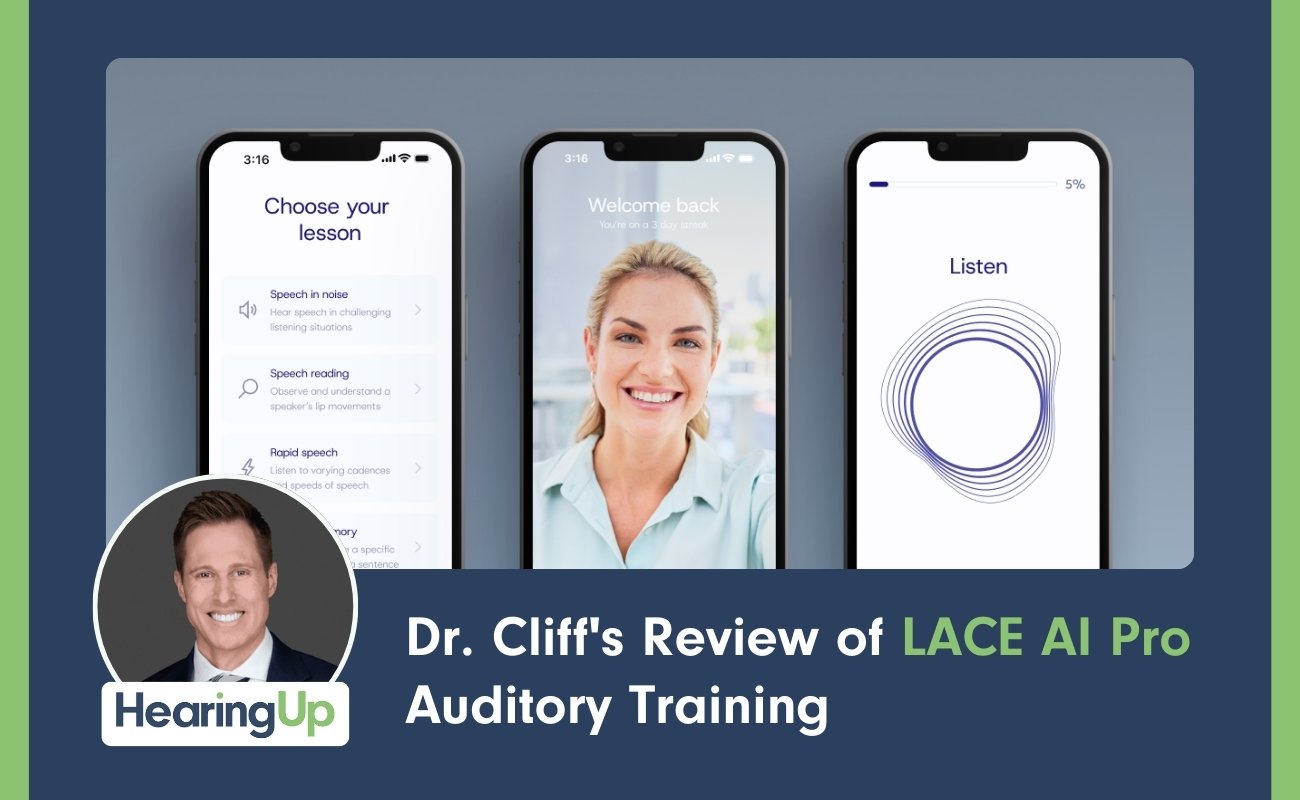The Wrong Way To Program Hearing Aids | Functional Gain. Dr. Cliff Olson, Audiologist and founder of Applied Hearing Solutions in Anthem Arizona, discusses the wrong way to program hearing aids and what hearing care providers should do instead.
Some hearing care professionals still don’t verify if hearing aids are programmed correctly, and others are still using old fashioned methods of hearing aid verification that are outdated at best. This old fashioned method is called Functional Gain.Functional gain testing is when hearing aids are auto-programmed and adjusted for your hearing loss, and then you are taken into a sound booth to see if you can hear "beep" sounds at a softer level. This method of verifying hearing aid programming does not provide a full understanding of how a hearing aid is programmed for the following reasons:
1. Unless you want to hear Star Wars character R2D2 talk, then testing how well you hear "beeps" with your hearing aids is useless.
2. Functional gain doesn’t provide a good understanding of the level of amplification that you will receive in more realistic listening situations. Hearing aids are programmed for different input levels ranging from 55 dB, 65 dB, and 80 dB SPL. Testing beeps at levels lower than 55 dB will not indicate if hearing aids are programmed correctly for typical speech-level inputs.
3. Functional Gain doesn't help with precision programming of hearing aids. Functional gain is performed in 5 dB increments. Hearing aids can be adjusted in 1 dB increments. This means that the results of Functional gain testing won't even tell you how to adjust the hearing aids.
4. You may not get accurate readings using functional gain. Compression can impact the high-frequency readings while using functional gain. This means that it could show that the hearing aid isn't programmed correctly and cause an over-amplification of the high-frequencies.
All that being said, Functional Gain testing is probably better than not verifying hearing aid programming at all.
However, it would be even better to verify hearing aid programming using Real Ear Measurement. Real Ear Measurement is the Gold Standard of hearing aid verification. Without it, programming is complete guesswork. If you want to learn more about Real Ear Measurement, check out my video: https://youtu.be/cHR0Oa6I-wY
Some hearing care professionals still don’t verify if hearing aids are programmed correctly, and others are still using old fashioned methods of hearing aid verification that are outdated at best. This old fashioned method is called Functional Gain.Functional gain testing is when hearing aids are auto-programmed and adjusted for your hearing loss, and then you are taken into a sound booth to see if you can hear "beep" sounds at a softer level. This method of verifying hearing aid programming does not provide a full understanding of how a hearing aid is programmed for the following reasons:
1. Unless you want to hear Star Wars character R2D2 talk, then testing how well you hear "beeps" with your hearing aids is useless.
2. Functional gain doesn’t provide a good understanding of the level of amplification that you will receive in more realistic listening situations. Hearing aids are programmed for different input levels ranging from 55 dB, 65 dB, and 80 dB SPL. Testing beeps at levels lower than 55 dB will not indicate if hearing aids are programmed correctly for typical speech-level inputs.
3. Functional Gain doesn't help with precision programming of hearing aids. Functional gain is performed in 5 dB increments. Hearing aids can be adjusted in 1 dB increments. This means that the results of Functional gain testing won't even tell you how to adjust the hearing aids.
4. You may not get accurate readings using functional gain. Compression can impact the high-frequency readings while using functional gain. This means that it could show that the hearing aid isn't programmed correctly and cause an over-amplification of the high-frequencies.
All that being said, Functional Gain testing is probably better than not verifying hearing aid programming at all.
However, it would be even better to verify hearing aid programming using Real Ear Measurement. Real Ear Measurement is the Gold Standard of hearing aid verification. Without it, programming is complete guesswork. If you want to learn more about Real Ear Measurement, check out my video: https://youtu.be/cHR0Oa6I-wY

Phonak Virto Infinio custom aids offer comfort and discretion but face limits in complex listening versus behind-the-ear models.
Read More
Three methods confirm hearing aid performance: test box for specs, Real Ear Measurement for accuracy, and outcome assessments for effectiveness.
Read More
LACE AI Pro uses AI to deliver personalized auditory training, boosting brain processing skills beyond what hearing aids alone can provide.
Read More
Hearing aid costs cover technology, expert services like Real Ear Measurement and fitting, ongoing support, and admin fees—justifying the investment.
Read More
Dr. Cliff provides a comprehensive tutorial on the ReSound Smart App, covering its features, customization options, and advanced capabilities for hearing aid users.
Read MoreDr. Cliff reviews the Oticon OWN SI custom hearing aids, examining their invisible design, Deep Neural Network 2.0 technology, and performance trade-offs.
Read More